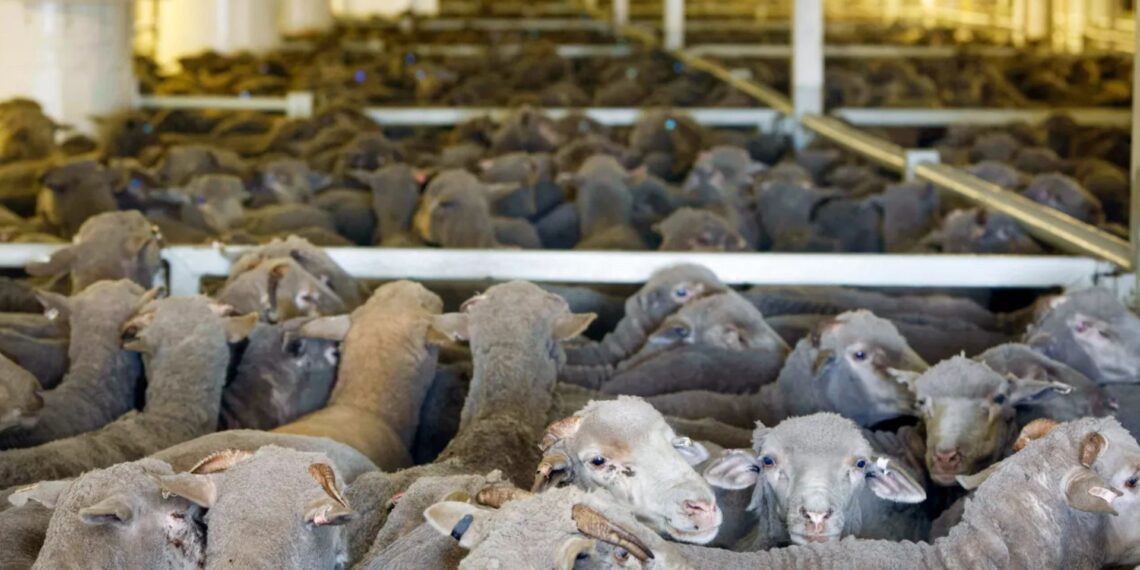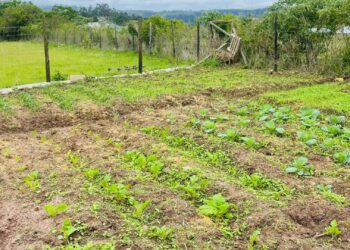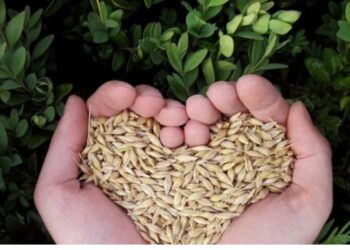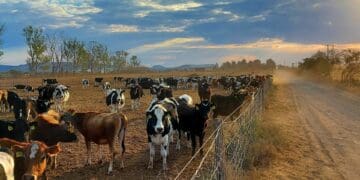In July, the department of agriculture invited public comment on the proposed regulations for the exportation of live animals by sea. They are intended to replace the department’s March 2023 guidelines, which had no binding legal force and were heavily criticised after a disastrous 2024 shipment of cattle to the Middle East stank out Cape Town.
But the National Council of SPCAs (NSPCA), South Africa’s statutory animal welfare authority, says the new draft strips away key safeguards while failing to add teeth.
“Regulations without penalties are nothing more than paperwork,” said senior inspector Nazareth Appalsamy, manager of the NSPCA’s Farm Animal Protection Unit. “The industry must be held accountable and the law must empower the NSPCA to act when animals’ lives are at risk.”
The council’s submission highlights several critical gaps:
- No embargo on exports during extreme heat: Middle Eastern summer voyages, where sea temperatures soar and animals face agonising heat stress, remain permitted.
- Weakened standards: Provisions on pregnancy, wool length, stocking density and feed have been reduced to vague, often voluntary language — loopholes that exporters have historically exploited.
- Enforcement vacuum: Despite the Constitutional Court affirming the NSPCA’s nationwide enforcement role, the draft fails to mandate inspection or monitoring powers for the body.
According to the NSPCA, the effect is to weaken the already inadequate 2023 guidelines, raising suspicions that the industry’s economic interests are being prioritised over animal welfare.
“Unless the draft is amended to include binding, enforceable standards and explicit oversight powers for the NSPCA, we will have no option but to consider legal remedies,” Appalsamy warned.
Hollow promises
At first glance, the department of agriculture’s draft appears to be a significant tightening of oversight. The 60-page document specifies requirements ranging from ventilation and drainage systems to ammonia thresholds, feed reserves and onboard veterinary monitoring.
It insists that animals must be able to stand naturally, move freely, lie down and access uncontaminated feed and water. Sick or injured animals must be isolated or euthanised if suffering is severe.
Pens must be laid out with adequate space and airflow, and lairage lighting designed to reduce stress. Even mundane details, such as minimum distances from engine rooms to avoid heat, are spelt out.
The department has hinted that the rules are so stringent that few existing live transport vessels could comply, possibly halting the trade altogether. But as animal welfare groups point out, without penalties or mandatory enforcement, paper promises may mean little once ships leave port.
“Regulations are only as strong as their enforcement,” said Appalsamy. “These ones don’t even pretend to give inspectors the teeth they need.”
Related stories
- NSPCA exposes horror at state-funded Daybreak poultry farms
- Predator control: Problem animals or ‘problem people’?
- Daybreak Foods rebuilding after R150 million lifeline
- SA’s first operational training feedlot opens in Cullinan
Different perspectives
For the international advocacy group Humane World for Animals South Africa, the problem is deeper still.
“The science is clear: live export by sea is fundamentally incompatible with animal welfare,” said Tony Gerrans, its executive director. “No matter how many welfare boxes you tick, animals endure weeks of confinement, heat stress and rough seas — conditions that simply can’t be made humane.”
Exporters see things differently. Al Mawashi, a Kuwaiti company at the centre of South Africa’s live export controversy, believes the regulations will cement the industry’s future.
“We are positive that Al Mawashi will be able to continue to export live animals by sea,” said managing director Sake van der Wal. “More exporters might even enter the market as the regulations will bring clarity to all stakeholders.”
For farmers, live export, particularly of sheep destined for Middle Eastern markets, has been a lucrative outlet. Critics like the NSPCA warn, however, that this export-driven demand raises domestic meat prices and undermines local processing jobs.
A history of suffering
South Africans still remember the scenes when the Al Kuwait docked in Cape Town in 2024 to load thousands of sheep. Photos and eyewitness accounts described cattle and sheep crammed into stinking pens, some dead, many struggling with heat stress. Residents reported an overpowering stench that lingered for days.
Later that year, the Al Messilah docked in East London to load 60 000 sheep and 1 500 cattle, prompting a similar outcry.
The Democratic Alliance condemned the trade as exposing animals to “dangerous levels of ammonia, rough seas, extreme heat stress, injuries, dirty environments, exhaustion and even death.”
Public outrage from those voyages helped push the department to revisit its regulatory framework. Yet, as the NSPCA argues, the new draft appears to weaken protections rather than strengthen them.
Halal not a valid reason
A reason given for the need to ship live animals to mainly Muslim countries is that they need to be slaughtered there according to halal laws.
The cruelty of delivering those animals, however, violates Islamic law, which requires that animals for consumption must be treated with kindness and respect throughout their lives, be well-fed, healthy and free from disease or injury.
Halal emphasises compassion, respect for life and adherence to religious principles throughout the process.
The director of South Africa’s Muslim Judicial Council Halaal Trust, Achmat Sedick, has in the past spoken out against the live export, questioning how the government could permit the shipping of tens of thousands of animals to the Middle East.
He said these animals would not have had “tay-yib”, which means wholesome and humane treatment.
The global tide turns
South Africa’s debate comes as other nations move decisively away from live exports. New Zealand banned the practice outright in 2022, the UK in 2024, and Australia has legislated to end live sheep exports by 2028
Animal welfare groups argue that South Africa risks being left behind, clinging to a trade increasingly viewed as out of step with modern welfare standards.
“It’s a policy choice,” said Gerrans. “Are we willing to accept that thousands of animals will suffer so a few exporters can make a profit?”
Enforcement absent
Perhaps the most glaring omission in the draft is the absence of penalties or clear enforcement pathways. The department’s document relies heavily on onboard veterinarians and official inspectors, along with real-time logging of temperature, humidity, ammonia levels and animal deaths.
But what happens if those standards are breached remains undefined. Past experience suggests oversight often collapses once vessels leave South African waters. “At that point, our laws are unenforceable,” said Gerrans.
The NSPCA’s frustration stems from precisely this gap. Despite being the only body legislated to enforce animal welfare nationwide, it is not empowered in the draft regulations to inspect, monitor or intervene.
For Appalsamy, this is indefensible: “The Constitutional Court has recognised our role. Yet the department drafts regulations that ignore it entirely.”
Test of values
The government opened the regulations for comment, and the mid-August deadline has passed. For Humane World, it was South Africa’s opportunity to take the lead on humane farming rather than follow a model other nations are abandoning.
The final regulations are due later this year, but the controversy is unlikely to abate. The NSPCA has signalled it will challenge the regulations in court if they are not amended.
“This is a test of our values,” said Gerrans. “Do we let outdated economic interests dictate policy, or do we align our laws with compassion and science?”
Appalsamy is blunter: “We will not stand by while government attempts to rubber-stamp cruelty. The NSPCA will fight this with everything at our disposal.
- This story was first published on Daily Maverick.
READ NEXT: Grain SA celebrates developing farmers at Ukukhula Conference

















